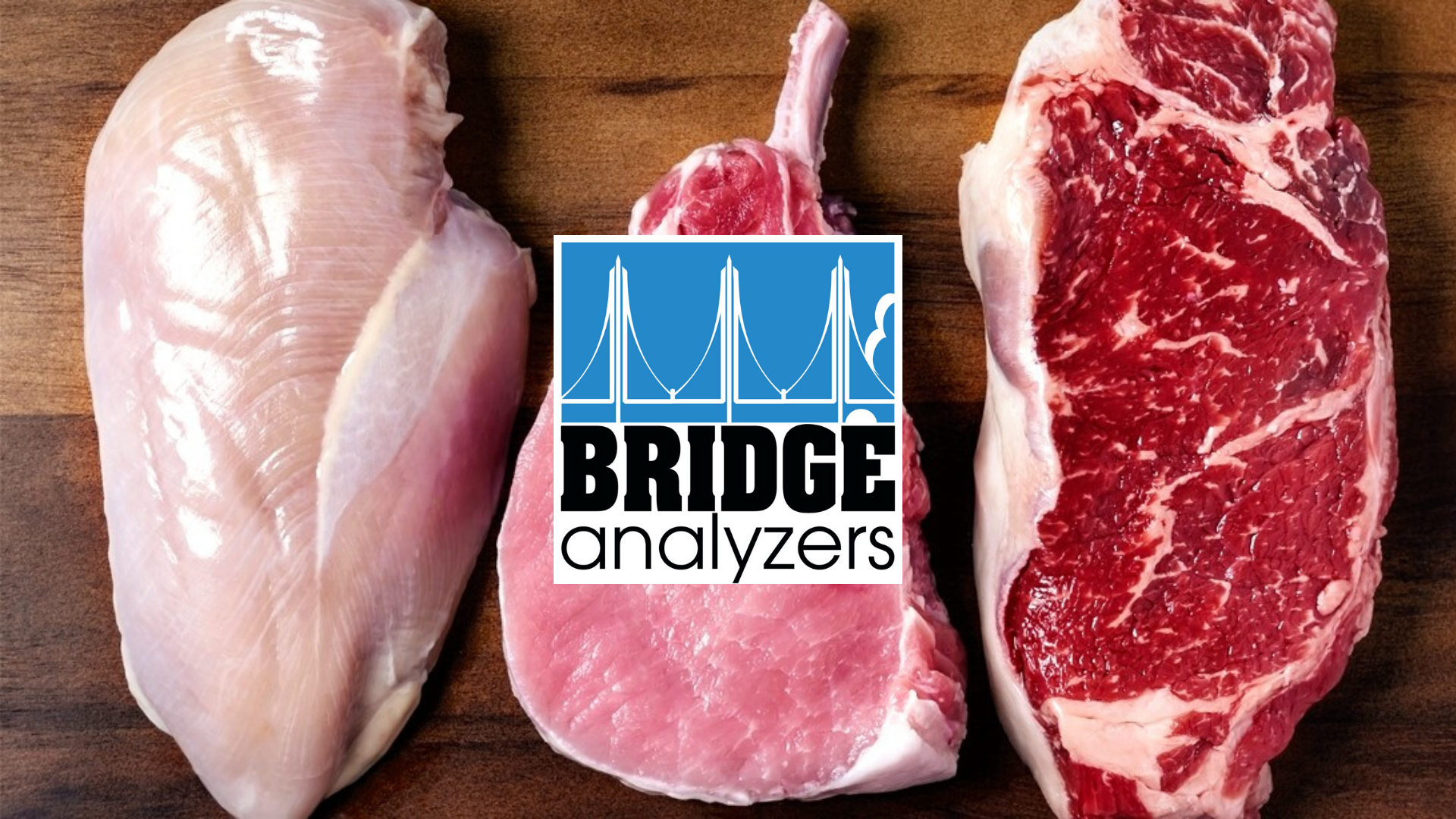While High-Oxygen modified atmosphere packaging is still a prevalent meat packaging technology, many of the largest meat producers in the world have turned to Low-Oxygen modified atmosphere packaging as their go-to way of packaging and preserving their product.
The reason for this is that low-oxygen modified atmosphere packaging using carbon monoxide (CO) remediates many of the largest disadvantages of high-oxygen MAP such as accelerated lipid oxidation that leads to off-flavor development, and premature browning during cooking. The first disadvantage (oxidation that leads to off-flavors) is very significant as it can cause the customer to have a negative sensory experience with the meat product which in turn can cause significant economic damage to the brand and the retailer responsible. The second disadvantage (premature browning during cooking) is also significant as it is a major health and safety concern. In their article Low-Oxygen Packaging of Fresh Meat with Carbon Monoxide Daren Cornforth and Melvin Hunt comment on the risks of premature browning during cooking, stating,
Important microbial safety concerns are involved with the premature browning that occurs during cooking of ground beef from high-oxygen MAP. High-oxygen treated ground beef appears fully cooked at temperatures as low as 57°C, which is well below the recommended internal temperature of 71°C for destruction of Escherichia coli. Thus consumers who rely on cooked color as the sole indicator of doneness may significantly undercook the product, resulting in increased food safety risk.
High-Ox MAP was developed to solve the problem of red color retention in meat products, but as is so often the case, the solution to one problem may be a whole new problem itself. In food and beverage packaging oxygen is always enemy number one, yet High-Ox MAP required packagers to pump high levels of oxygen into their packages for aesthetic purposes. As time has gone on and food packaging has evolved, the High-Ox solution has become less and less popular, and meat packagers looking to achieve optimal aesthetics, taste, and shelf-life have switched to Low-Oxygen MAP to meet their needs.
Some of our biggest customers like Cargill, Ledbetter, Tyson, and National Beef use our user-configurable case-ready meat analyzer every day. Our case-ready meat analyzer was designed specifically for use in Lo-Ox and/or Hi-Ox MAP processes. This analyzer provides a practical way to bring QA lab gas measurement accuracy of complex low-oxygen or high-oxygen gas mixtures directly to your packaging floor for real-time end of process gas measurement.
For the CO enriched Low-Oxygen process, it measures CO, CO2, and residual O2 down to 0.001% (10 ppm). It also has automatic O2/CO2 range switching to accommodate the high gas levels of the conventional 80/20 Hi-Ox case-ready meat process. Both CO and CO2 are measured with stable and durable infrared technology and oxygen is measured by a unique electrochemical sensor that provides exceptional residual oxygen accuracy in the presence of complex gas mixtures.
Our product established the industry standard and is used by all the major Low-Oxygen case-ready meat packagers. Its ability to be easily configured (by changing the O2 sensor) for High-Oxygen case-ready meat packaging gives the user maximum flexibility in plants where both packaging processes exist.
